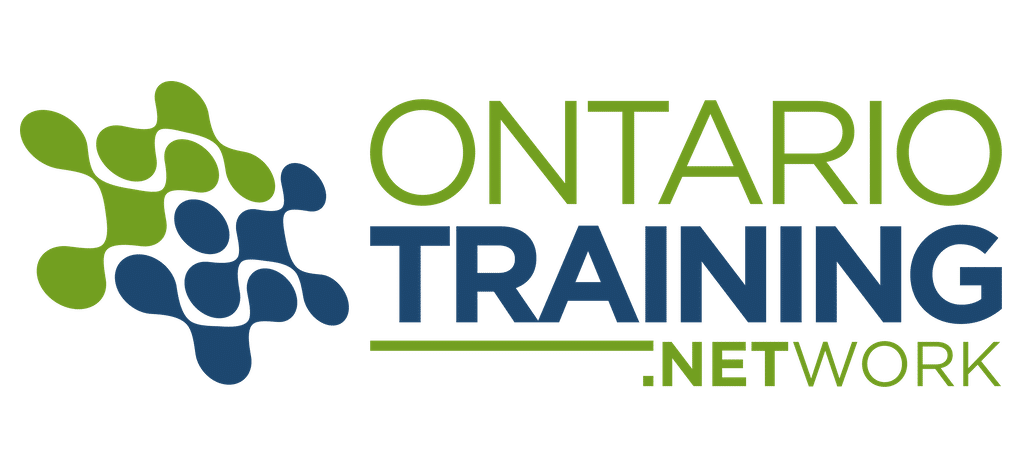All the basics you need for writing and organizing documents in the business world. We cover letters, emails, and reports, and there are lots of supporting exercises to help you remember what you learn. And most importantly, you’ll receive proven tips to ensure your documents get read and acted upon.
Request a Quote or More Information on this Workshop >
WORKSHOP DESCRIPTION
This workshop is designed to help office professionals with the challenge of preparing professional, productive and powerful correspondence and reports.
WHO SHOULD ATTEND:
- Any office professional who communicates in writing either internally or externally
YOU WILL LEARN TO:
- Understand the differences between clear writing and plain language writing
- Determine the reader’s needs
- Deliver clear, concise messages
- Adopt the appropriate tone
- Avoid the grammar errors that rob writing of its professionalism
- Prepare effective letters and emails
- Prepare easy-to-read reports
- Reduce writing time
COURSE OUTLINE
Introduction
- How business and academic writing differ
- What today’s readers want in a business document
- Clear writing versus plain language writing
- Three steps for effective writing
Writing Style
- Myths surrounding writing
- Opening lines
- Sentence length
- Word choice and jargon
- Smothered verbs
- Active versus passive voice
- Connecting words
- Tone
Organizing Letters and Emails
- Four questions for organizing letters and emails
- Organizational patterns
- Effective subject lines and powerful opening lines
- Clichés to avoid
Software Assistance
- Readability stats feature
- Writing tools available on Word
Grammar
- The importance of grammar rules
- Why the rules change
- Sentence structure
- Punctuation
- Five most common grammar errors that detract from key messages
Getting Started
- Identify the problems associated with report writing
- Understand how a report projects an image
- Review the characteristics of successful reports
- Learn the 6 steps for report writing
- Write effective opening lines
Pre-writing
- Identify the readers’ needs and backgrounds
- Pinpoint your purpose in writing
- Use a proven tool to determine essential details
- Learn a technique for avoiding writer’s block
Writing/Editing
- Identify design techniques
- Prepare “talking” heads
- Understand the questions for successful editing
Organizing/Blueprinting
- Produce effective executive summaries
- Use blueprints to organize information
- Arrange ideas into proven organizational structures: information, bad news, recommendation
- Write powerful introductions
METHODS TO BE USED:
Participants will be actively involved in exercises and activities designed to develop and improve their writing skills.
< Back to all Business Writing Courses
Course Code: WBJ901
-jw-2
